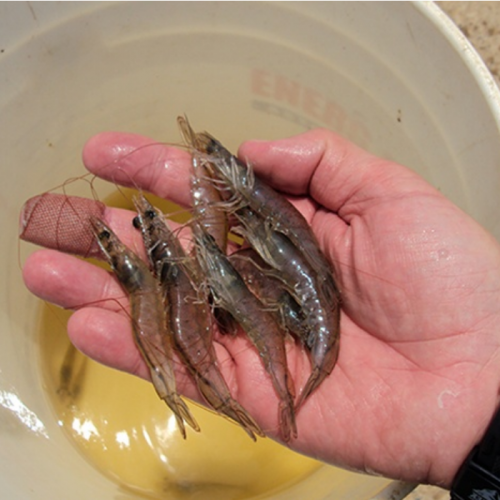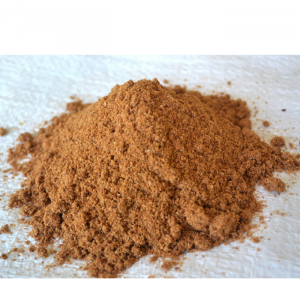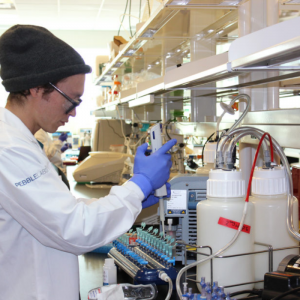
Prevention of Disease Caused by EHP Spores on Shrimp
| Thu, 19 Sep 2019 - 14:54
EHP according to the General Department of Fisheries, the situation of EHP bacterial spores infection in brackish water shrimp is on the rise. This is a disease that does not cause mass death but has a huge economic impact on shrimp farming because when the shrimp get sick, it will grow slowly, even not large even though it still consumes a lot of food (farmed shrimp). 90-100 days of age can still reach the size of 4-5 grams / individual (200-250 heads / kg).
Shrimp infected with EHP showed no typical signs such as white spot disease or acute hepatopancreatic necrosis but mostly slow growth, soft shell and pale hepatopancreas. There is currently no specific solution for this disease. Therefore, to prevent the spread of disease caused by EHP, shrimp farmers are recommended to apply some general preventive measures as follows:
Seed : Need to choose good seed tested without carrying common pathogens in shrimp. Select shrimp seed from reputable companies and production farms.
Moderate stocking density: For black tiger shrimp 15-25 shrimp / m 2 , for Pacific white shrimp 60-70 shrimp / m 2 .
Settling ponds : In intensive and semi-intensive culture, it is required to have settling ponds with an area equal to at least 30% of the pond area in order to be able to actively supply fresh water to the pond at any time. For settling ponds, it also needs to be renovated and must be disinfected thoroughly before supplying water into ponds.
Pond improvement : It is necessary to follow the pond renovation procedure to eliminate pathogens that existed from the previous crop.
For lined lined ponds, it must be scrubbed, sun dried, treated with lime to remove germs, wash, chlorine treated at least 30 ppm, and disinfect water thoroughly before coloring.
For soil ponds, plowing and drying should be done at least 2-3 weeks. Treat with lime, then wash ponds, treat with chlorine at least 30 ppm, disinfect thoroughly before watering and coloring. Ponds need to be treated and tested for vibrio density in water and in soil thoroughly before coloring.
Biosecurity: Absolutely comply with biosecurity in ponds to avoid the spread of pathogens between ponds on the same farm. Items used for shrimp care or inspection should be sited separately to help prevent spread between one pond and another. Farms with ponds contaminated with EHP should pay special attention to spreading by water or by caregivers.
Health management: Regularly checking food sieves to avoid overfeeding affecting water quality and facilitating the supply of nutrients to groups of pathogens. Regularly check the color of hepatopancreas, appearance (color, hard condition of shrimp shells), distribution of size, etc.
Managing water quality: Regularly monitoring the basic elements in the pond such as pH, temperature, alkalinity, dissolved oxygen to timely adjust, avoiding shrimp shock caused by the environment will create conditions for pathogens work and cause disease outbreaks.
Source : tepbac.com






















